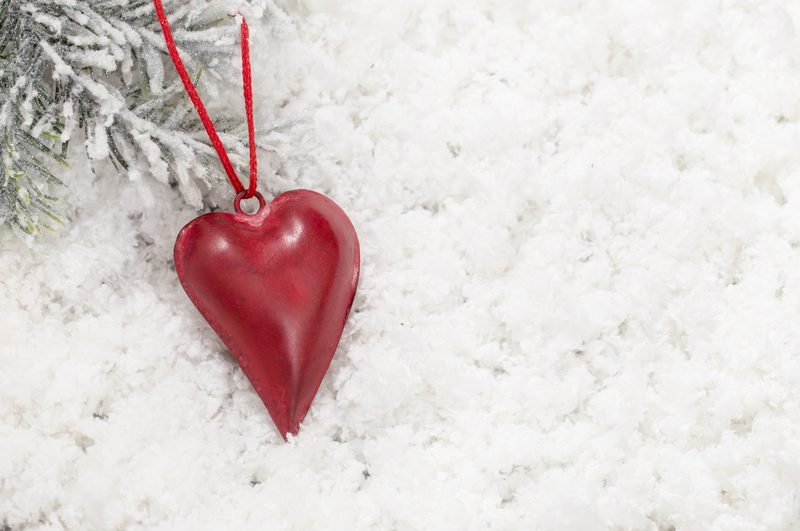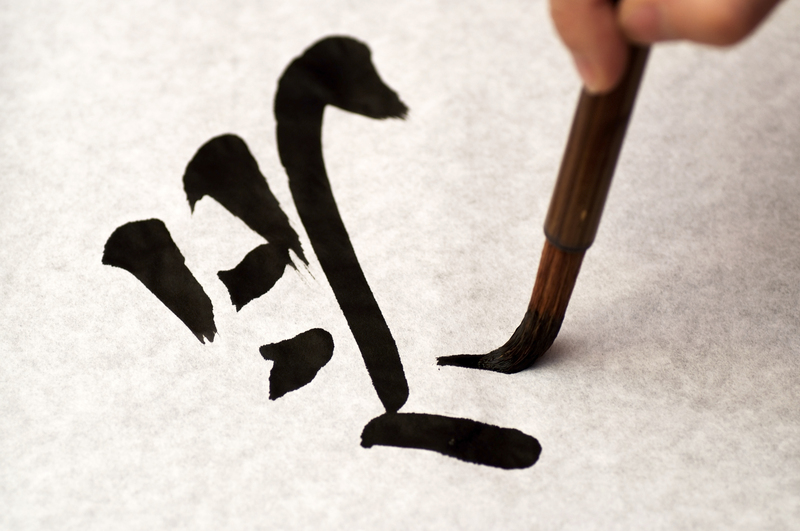The Ultimate Guide to Upcycling: Converting Throwaways into Artistic Statements
Upcycling has rapidly become one of the most exciting creative movements in the world of design and sustainability. No longer just a trend, transforming throwaways into art is a philosophy, a lifestyle, and a meaningful way to contribute to both environmental health and artistic expression. In this ultimate guide to upcycling, we'll explore the principles, techniques, and endless inspiration behind converting would-be waste into unique masterpieces, all while making a positive difference.
What Is Upcycling? Defining the Movement
Upcycling is the process of repurposing discarded materials or unused objects to create items of higher value, quality, or artistic appeal. Unlike recycling, which breaks down items to produce new raw materials, upcycling adds value without deconstructing the original item completely. In essence, you're elevating trash into treasure.
- Sustainability: Reduce landfill waste and environmental impact.
- Creativity: Foster artistic innovation by using unconventional materials.
- Personalization: Create custom pieces that reflect your unique style.
Upcycling vs. Recycling: What's the Difference?
Recycling typically involves breaking down items like plastic bottles, glass, or paper to be remade into new products. Upcycling, on the other hand, means giving new purpose or aesthetic value to existing objects, often using them in unexpected ways. Think of it as creative reuse with a focus on originality and preservation.

Why Is Upcycling Important?
The benefits of upcycling extend far beyond waste reduction. It touches on several global challenges, including environmental conservation, overconsumption, and creative stagnation.
Environmental Impact
Landfills overflow with usable materials that could be reimagined into art, furniture, or functional objects. By converting throwaways into artistic statements, upcycling shrinks your carbon footprint and stretches the life of items that would otherwise harm our planet.
Main Environmental Benefits:
- Reduces greenhouse gas emissions from landfills.
- Conserves resources by lowering demand for raw materials.
- Minimizes pollution associated with manufacturing new products.
Economic and Creative Advantages
Upcycling empowers individuals and communities to:
- Save money by making use of existing resources.
- Encourage local artisan industries and craftsmanship.
- Stimulate creativity and self-expression through hands-on projects.
Getting Started: The Basics of Upcycling
If you're ready to embrace upcycling, all it takes is a bit of imagination and a willingness to see potential in the overlooked. Here's how to begin your journey toward turning throwaways into stunning artistic statements!
Step 1: Gather Raw Materials
Start by collecting items that would typically end up in the trash or recycling bin. Look for:
- Glass jars and bottles
- Old newspapers, books, or magazines
- Discarded wooden pallets
- Broken furniture or home decor
- Plastic containers and packaging
- Unused textiles (old clothes, curtains, etc.)
- Scrap metal and wire
Tip: Visit thrift shops, flea markets, and garage sales for even more upcycling inspiration and materials.
Step 2: Cleaning and Preparing Materials
Before creating, ensure your materials are thoroughly cleaned and safe to use. Removing residue, sanding down rough edges, or disassembling parts will set the stage for successful upcycling projects.
Step 3: Brainstorming and Design
Consider the unique properties and shapes of your materials. How might an old ladder become a bookshelf? Could wine corks be turned into a decorative bulletin board? Allow yourself to experiment, and search online for upcycling ideas and tutorials to spark your creativity.
Step 4: Creating Your Artistic Statement
This is where artistry comes into play. Whether you're drawn to functional pieces, like lamps and tables, or pure decoration, like wall art or sculpture, use your chosen materials as the foundation of your work. Combine, paint, cut, glue, sew, or weld to express your vision and convert your throwaways into lasting art.
Popular Upcycling Project Ideas
Ready to transform waste into art? Here are some upcycling projects that range from beginner-friendly crafts to advanced creations:
1. Furniture Makeovers
- Turn old dressers into unique bathroom vanities.
- Repurpose wooden pallets as rustic coffee tables or outdoor benches.
- Convert broken chairs into plant stands or quirky shelving units.
2. Textile Transformations
- Patchwork quilts and pillows from worn-out clothing.
- Convert old sweaters into cozy mittens or hats.
- Use scraps to weave decorative baskets or rag rugs.
3. Jar and Bottle Creations
- Paint or etch empty jars to use as vases or candle holders.
- Build colorful pendant lamps from wine bottles.
- Make mosaics or garden edging with broken glass pieces.
4. Pallet and Wood Projects
- Wall-mounted organizers from pallet boards.
- Planters or vertical gardens for small spaces.
- Picture frames from reclaimed wood for a rustic look.
5. Paper and Book Upcycling
- Handmade paper or journals from recycled sheets.
- Sculpture or mixed media collage using pages from old books.
- Gift boxes or envelopes from magazine covers.
6. Metal and Plastic Innovations
- Repurpose tin cans into lanterns, organizers, or planters.
- Turn bottle caps or pull tabs into jewelry and accessories.
- Construct art installations or functional pieces from used pipes and wire.
Tips for Successful Upcycling
Whether you're upcycling as a hobby or aspiring to build a business, keeping a few best practices in mind will maximize your results:
- Plan Ahead: Visualize the final product and make a step-by-step plan before you start.
- Use the Right Tools: Invest in basic supplies like glue guns, sewing kits, paints, and cutting tools specific to your materials.
- Experiment Without Fear: The beauty of upcycling lies in unexpected results--don't be afraid to take creative risks!
- Mix and Match: Combine different materials and objects to enhance your designs.
- Share Your Work: Post photos of your creations on social media or in upcycling communities to inspire others and gain feedback.
Safety First
Always use safety equipment (like gloves or goggles) when working with tools, paints, or unfamiliar materials. Especially when upcycling electronics or old furniture, ensure proper ventilation and take care with sharp objects.
Turning Upcycling Into an Art Form
Some of the world's most celebrated artists have embraced artistic upcycling, proving that creative reuse can challenge the boundaries of conventional art. Street artists use discarded materials for urban murals, while sculptors fashion large-scale installations from scrap metal and found objects. Not only do these endeavors captivate audiences, they spark important conversations about waste, consumption, and ingenuity.
Examples of Upcycled Art
- Sculptures built from electronics, typewriters, or automotive parts.
- Mosaics from broken ceramics, glass, or tile fragments.
- Assemblage art combining different discarded objects in unexpected ways.
- Wearable art crafted from bottle caps, old CDs, or even plastic bags.
Upcycling for Your Home, Wardrobe, and Beyond
Upcycling is not limited to art galleries. You can integrate upcycled pieces into nearly every aspect of your daily life! Here's how:
Home Decor
- Wall art and mirrors from salvaged wood, metal, or vintage window frames.
- Lighting fixtures from industrial or kitchen castoffs, such as colanders or tin cans.
- Storage solutions using repurposed crates, suitcases, or wine boxes.
Personal Fashion
- Jewelry from hardware store finds--nuts, bolts, and washers create bold, industrial looks.
- Refashioned clothing by adding embellishments or combining multiple outdated garments.
- Upcycled bags and wallets crafted from banners, bicycle inner tubes, or denim scraps.
Unexpected Places to Upcycle
- Gardens: Transform tires into planters, or use broken ceramics for mosaic stepping stones.
- Kitchens: Convert glass jars to spice containers or vertical herb gardens.
- Offices/Classrooms: Use cereal boxes for desk organizers or handmade paper for unique notecards.
The Upcycling Community: Resources and Inspiration
You're not alone in your upcycling journey. Across the globe, makers, designers, and activists are building a thriving community centered on sustainability and art. Here are some ways to connect:
- Follow upcycling hashtags on Instagram, Pinterest, or TikTok for the latest ideas and tutorials.
- Join local workshops or DIY meetups to share tools and techniques.
- Visit upcycling markets and exhibitions to purchase or display unique works.
Many cities have creative reuse centers or scrap stores where you can source materials affordably. Online forums and YouTube offer step-by-step guides for beginners and seasoned upcyclers alike. Don't hesitate to ask for advice, share your progress, and inspire others!

Upcycling as a Sustainable Lifestyle Change
Once you start seeing the potential in throwaways, everyday life transforms. Upcycling isn't just about individual projects; it's a mindset -- a commitment to living more sustainably and creatively in a world challenged by excess and waste. It's about honoring the stories of objects, adding your own mark, and contributing to a circular economy where beauty is found in the unexpected.
Conclusion: Make Your Mark With Upcycling Art
From small crafts to large installations, the possibilities of upcycling are endless. Each project, no matter how complex, shares a common thread-- the transformation of discarded materials into something uniquely valuable. Your artistic statements, fashioned from what others have deemed worthless, help pave the way for a greener future and a more creative world.
To embark on your own upcycling adventure, remember:
- See potential where others see trash.
- Experiment boldly and embrace imperfection.
- Connect and collaborate with the global upcycling community.
If you loved this guide, explore related articles on art, sustainability, and DIY living for more inspiration. Upcycle your life, one artistic statement at a time!